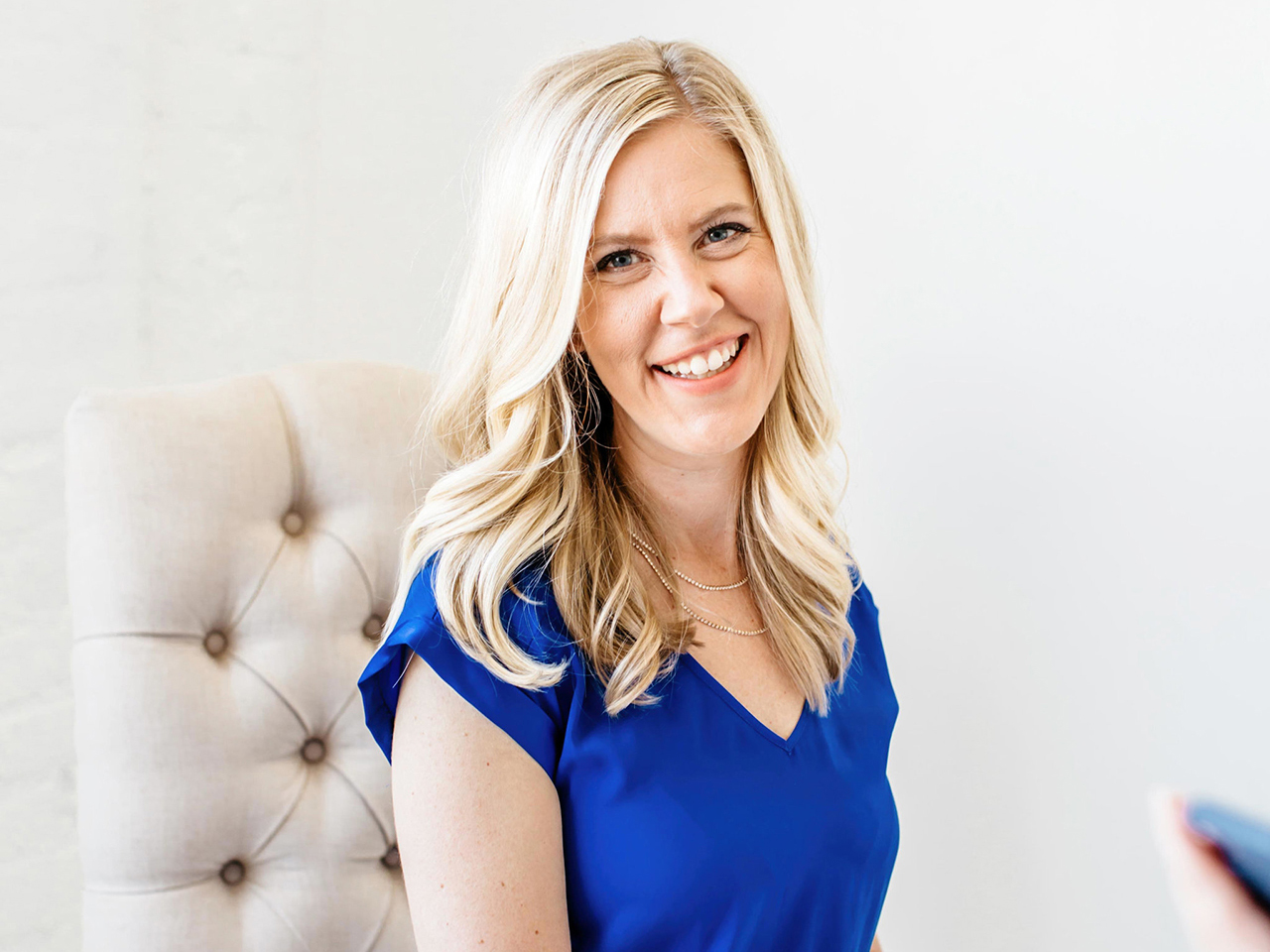
“The price of anything is the amount of life you exchange for it.” ~ Henry David Thoreau
A survey was recently conducted where participants were asked, “If you had to break a bone or break your phone what would you prefer?” The results were astounding: 46% percent of people would prefer to have a broken bone than a broken phone! Before the smartphone era, the average American spent just 18 minutes a day on the phone; today that figure is up to three hours. Three out of 24 hours of our day is being spent staring at a tiny screen…that is 1/8th of our day! Is that how we would prefer to spend our time or would we like to break that cycle and spend our valuable time on something more productive and satisfying?
The urge to pick up our devices is similar to other forms of behavioral addiction. Like gambling or shopping addiction, a small shot of dopamine is released in various regions of the brain through phone usage. That is what keeps us coming back for more, even when we know it is not in our best interest to do so. Instead of improving our lives, technology is actually getting in the way of us living and enjoying our lives. How can we overcome our addiction to distraction so we can focus on the things that actually matter? Here are ten practical suggestions we can implement immediately:
- Scheduled screen time. Set a timer for 15 minutes. When it goes off, spend a quick minute checking your phone’s notifications and be done. Push back the alarm to go off every 30, 45, or 60 minutes. You can even ask for help and accountability from your friends and family; tell them you will not be responding to messages as frequently as you used to.
- Remove distractions from the home screen. Most of us have Twitter, Instagram, Facebook, etc at the forefront of our screens. If we make those apps less accessible, we will not use them as much. Keep the apps that you want to encourage yourself to use (like those for reading or learning a new language) front and center, and banish anything you want to limit your time with to folders on your second page of apps (or if you have an Android phone, off the screen entirely).
- Disable push. An incredibly simple way to cut down on distractions is to turn off “push” notifications for as many apps as you can. Just head to Settings > Notifications to control your preferences.
- Moon mode. On iPhones, there is a little icon of a moon if you swipe up to control brightness and wifi and whatnot. That little moon represents “do not disturb,” and it is kind of magical. It is a glorified silent mode, ideal for nighttime settings or undistracted time at work. Use DND and airplane mode to silence incoming distractions.
- Use a filler. Instead of opening social media to scroll aimlessly, open a different app and be productive. Replace bad habits with good ones like learning a new language through Duolingo, creating flashcards for anything with Anki, self-reflection journaling with Vertellis, or using any number of apps to read or listen to a good book.
- Go old school. Many people use their phones as an alarm clock. But because the phone is easily within reach while in bed, many people find themselves scrolling right before bed and first thing in the morning. Cut that bad habit by reinstating your old-school alarm clock.
- “Alexa, do what my phone used to do for me.” You can ask these smart devices to play music for you, to check the weather, to read you a text,…the list goes on and on. Use Alexa instead of your screen!
- Grayscale. Time Well Spent, a nonprofit focused on changing our relationships to technology, recommends switching your phone to grayscale to make it less appealing. On an iPhone, find “Display Accommodations” and then turn on “Color Filters.” On a Samsung device, find “Vision” and then scroll down to “Grayscale.”
- Put it away. Unless there is an important phone call we are waiting for, we really do not need our phones within arms reach at all times. My dad leaves his phone on top of the refrigerator unless he needs it. Think about it–a smoker trying to kick the habit will still reach for a cigarette if it is sitting right in front of him. Ditto for phones; remove the temptation by stashing yours in your bag while at work or in a drawer when you want to have a real conversation at home.
- Don’t stop! Keep trying. Stay accountable. iPhones come with a built-in tracking system so we can see just how much time we have spent on any given app each day. There are also apps like Freedom, Moment, and Space that can help us see where we are spending our time and help us set limits.
No doubt, Steve Jobs’ inventions, in the field of technology, have changed the world. But what most people do not know is he would not even let his children use an iPad. He told The New York Times, “We limit how much technology our kids use in the home.” Steve knew the power and addictive nature of these devices. So let’s be like Steve and limit our use of technology and break the cycle of addiction. The ten suggestions above can get us well on our way to getting off the phone and back to real life connection. If you are reading this on your phone, text or email someone you are thinking about. Let them know you care. Set a time to see them. And then put the phone away.
(As always, if you find you have questions or would like to schedule a session, please do not hesitate to contact me today!)
Resources:
- Alter, Adam: Irresistible: The Rise of Addictive Technology and the Business of Keeping Us Hooked
- CNBC: “These simple steps will help you stop checking your phone so much”
- “Addiction 101: The Analogy of the Driver’s Seat”
- Cluff Counseling: “Are You Addicted to Your Phone?”
- Cluff Counseling: “The Leading Cause of Addiction is Not What You Think”
- Cluff Counseling: “Willpower: The Powerful Pre-Step in Addiction Recovery”
- Cosmopolitan: “Here Are the 4 Easiest Ways to Stop Being so Addicted to Your Phone”
- Entrepreneur: “4 Ways to Break Your Phone Addiction So You Can Focus on What Really Matters”
- The Week: “5 science-backed ways to break your phone addiction”

